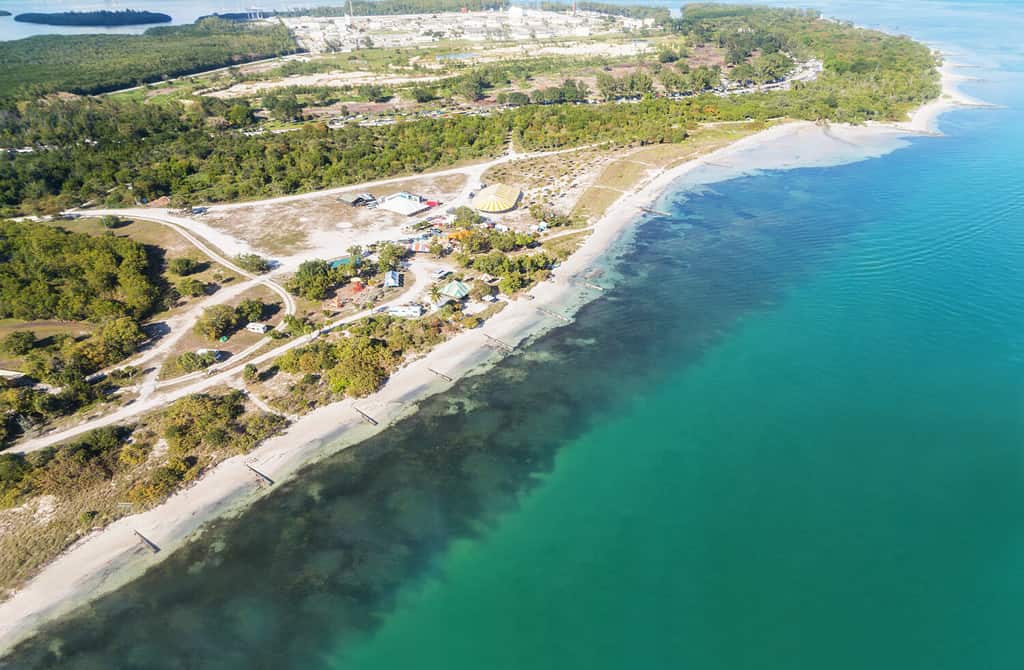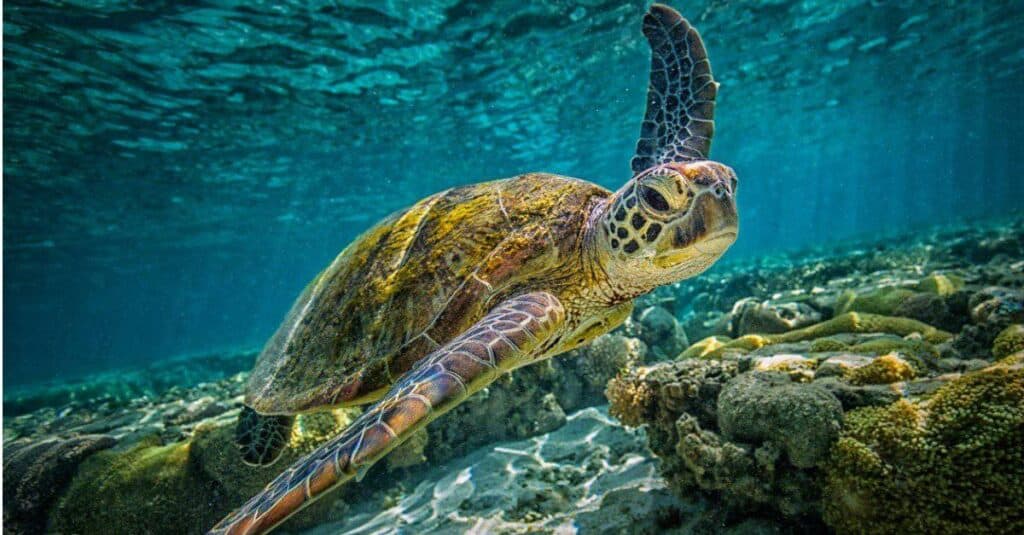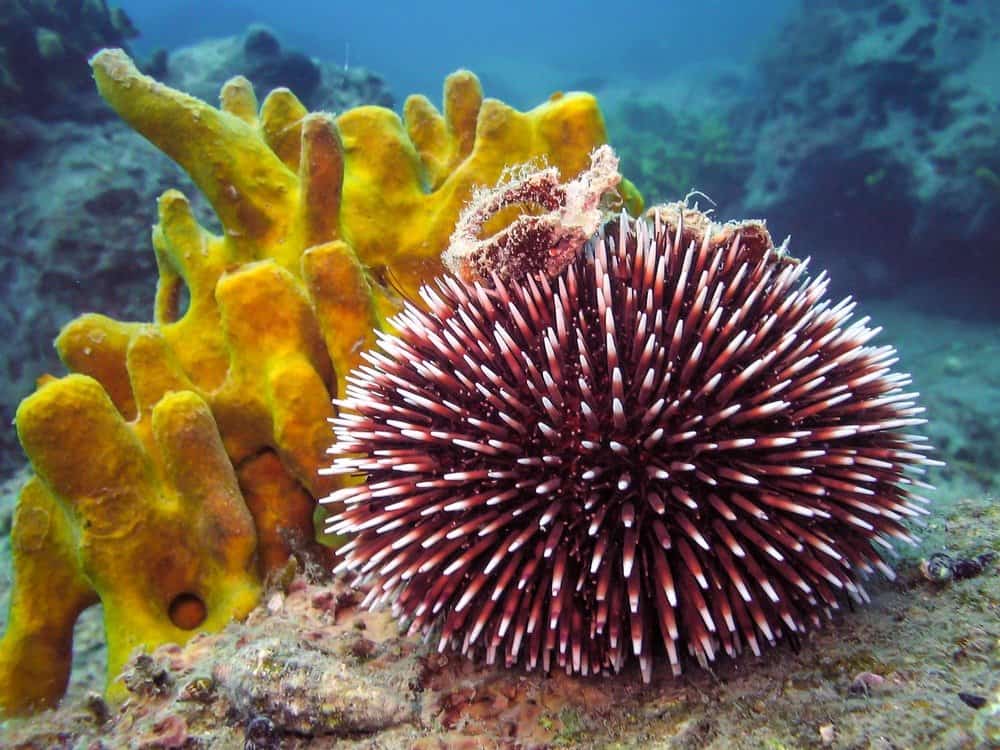Florida is home to some unique environments, lifestyles, and vacationing options. But one of the Sunshine State‘s most unique claims to fame is that it’s home to the only living coral barrier reef within the continental U.S.
Known as the Florida Reef, the third-largest living coral barrier reef system in the world has other names as well. This area is also referred to as the Florida Reef Tract, Great Florida Reef, and the Florida Keys Reef Tract. Various names aside, visiting this grand underwater paradise is an amazing experience.
About Florida’s Coral Barrier Reef
Situated just off of the East Coast of Florida, the lengthy, shallow formations are quite similar to those in the Caribbean Sea and the Bahamas. Stretching more than 350 miles, the barrier reef can be found at the Dry Tortugas in the gulf all the way to the St. Lucie Inlet in Florida’s Martin County.
The waters range in depth, from 400 meters up to over 800 meters. Because of the deep-water levels, the reef is home to a vast plethora of marine life.
Location
Two-thirds of the Florida Reefs are located inside the Florida Keys National Marine Sanctuary and the Biscayne National Park, which lies just outside of Miami and is 95% water.

Biscayne National Park houses a large portion of Florida’s coral reef.
©aka_An_Lee/Shutterstock.com
Grab snorkels or scuba gear, pile up in a boat, and set out for an interesting dive with amazing sights at either of these two sections of the coral reef barrier.
Visitors
Each year, millions of people trek down to the coral barrier reef for diving, snorkeling, and fishing. The Palm Beach Post shared that annual tourism brings in over $6.3 billion in revenue.

Florida’s coral barrier reef spans Dry Tortugas National Park, where plenty of sea turtles live.
©iStock.com/Greg Sullavan
Marine Life
Sea turtles are just one of the 6,000 marine life species found within Florida’s coral barrier reef. Other animals relying on the barrier reef are stingrays, nurse sharks, groupers, dolphins, and eels. While we don’t list every species, below is a brief summary:
Fish
The several species of fish include parrotfish, barracuda, and wrasses. Snapper, grouper, and hogfish reside within the reef due to the plentiful amount of food.
You’ll find a variety of silvery fish, grunts, cardinal fish, and redfish, along with bottom dwellers such as flying gurnards, lionfish, seahorses, frogfish, jawfish, and dragonets. Angelfish are plentiful, with seven different species throughout the coral barrier reef: blue angelfish, cherubfish, queen angelfish, rock beauty, gray angelfish, French angelfish, and ocean surgeonfish.
There are almost as many butterflyfish species, including the foureye butterflyfish, reef butterflyfish, and the spotfin butterflyfish, Surgeonfish species found within the reef are the doctorfish and the blue tang.
Sharks, Eels and Stingrays

Whale shark
swimming with pilot fish is a common sight at Florida’s coral barrier reef.
©Tee Wong/Shutterstock.com
Throughout the coral barrier reef, there are four species of stingrays and three species of shark. Whale sharks, requiem sharks, and nurse sharks frequent the reef. The four rays are the eagle ray, stingray, electric ray, and the manta ray. Additionally, there are three species of eels: moray, snake, and garden.
Fun fact: the eagle ray is the second largest ray in the world, while the butterfly ray is the fifth largest.
Coral
Coral species found here include the great star, boulder Sstar, Montastrea annularis, massive starlet, mustard hill, grooved brain, and Colpopyhyllia natans. In total, there are more than 40 species of corals, with one colony being more than 300 years old!
These reefs cover very little of the ocean floor, an average of only 1%, but they provide coverage and food to a wide variety of species, both big and small. The varying species of corals range from as large as a softball to as miniscule as a pinhead. They are bright in color and grow like statues, never moving from their growth spot.
Polyps are individual corals that grow slowly. They form into rocks, trees, mushrooms, or waving fans, depending on the species.
Habitats
Seagrass beds play multiple roles; they are protective habitats as well as providers of food. Fish, crabs, and lobsters hide from predators within the walls of the seagrass beds. Sea urchins, manatees, conch, and sea turtles rely on them for meals.

Sea Urchins add vibrant colors to the reef’s floor.
©JGA/Shutterstock.com
When visiting Florida, set aside a day or two to explore all the magic of the nation’s only living coral barrier reef. With miles and miles of entry points, there are unlimited opportunities to see a plethora of marine life in clear waters. Each visit will provide a different experience.
The photo featured at the top of this post is © Konoplytska/iStock via Getty Images
Thank you for reading! Have some feedback for us? Contact the AZ Animals editorial team.






